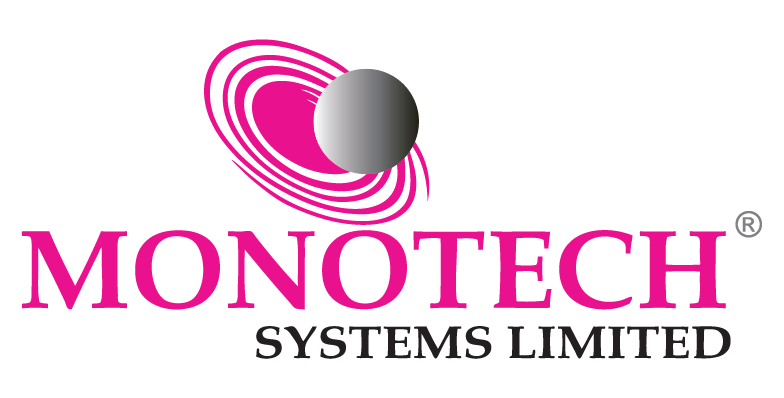Adding a new press to your shop floor is exciting! It demonstrates an investment in the future of your business and, more importantly, your customers’ evolving needs. As if this wasn’t enough, research from Key point Intelligence – InfoTrends reveals that investments in new technology are a key driver of growth and profitability for print service providers (PSPs). Regardless of whether you’ve invested in an entry-level digital press or a high-speed max production device, one thing is for certain—a defined plan for leveraging your recent equipment investment can be the difference between a good decision and an excellent one. By following the advice in this document, you can help ensure that the purchase of a new press becomes one of the best decisions you can possibly make!
The Benefits (And Challenges) of Purchasing a Digital Press
In today’s business climate, service providers will do just about anything to keep a high-value customer happy. In some cases, this can involve investing in a digital press to address a critical need or application that only a press of this type can do well. Although customers who need a particular application will likely be thrilled to hear the news about your new capabilities, you might also encounter a new challenge. For example, depending on a single application or the demands of a specific set of customers to support your investment is a considerable risk… and risks like this aren’t necessarily a practical approach for growth.
It’s a good idea to reach out to all your customers—not just those who require certain applications—when communicating the value of a new digital press. The problem is that although customers who support these applications will likely be enthusiastic about your new investment, others will likely respond with skepticism and concern. They might wonder how a digital press can possibly provide the quality required to meet their exacting brand standards, or they might hesitate to move their work from offset to digital when offset is already meeting their needs.
In addition to these challenges, some reps will probably be unwilling to risk their relationship with a long-standing customer. If a valued and loyal customer prefers to stick with offset technology, it’s sometimes easier for the sales rep to take the path of least resistance rather than urging the customer to try something new. If this happens, the value proposition associated with a new digital press might never be communicated.
Common Investment Questions
The list of questions associated with a significant investment like the purchase of a digital press are seemingly endless, but they can’t be ignored. Some of the most common questions include:
- What’s the best way to spread the word about my new equipment to my customers and prospects?
- How can my company ensure that existing customers are confident in and excited about the new investment?
- How do I inspire my sales team to embrace this new technology so they can sell its value most effectively?
It’s important to get ahead of these questions before the investment is made. When purchasing a digital press, you don’t want to come into the process with a trial and error or “build it and they will come” approach. Attempting to circumvent any potential objections before you invest in a digital press can help ensure a smoother transition for salespeople and customers alike.
A Map for Success
If you want a fast start with your new digital press, it’s important to have a proper plan in place. This will help build excitement and enthusiasm from your customers while also diminishing any natural fears of change. Here are some steps you can take:
- Define your story. What prompted your investment in a new digital press? Figure out the answer to this question and then share that story with your customers. Be sure that the story centers on business improvements or specific benefits that your customers might experience rather than your business profit or gain. One simple approach to a great story involves describing how things were prior to the investment, including problems that needed to be addressed. Next, share the approach you took to overcome these problems (e.g., unique capabilities of the digital press that can be leveraged). Finally, describe the benefits that customers will enjoy as a result of your new capabilities and provide a summary of the improved results. Above all, make sure that your story supports your company’s value proposition as well as its vision for customer loyalty and confidence.
- Get your people involved. Get the people in your organization involved by clearly communicating your central vision to everyone on your team. Get your people engaged and excited by scheduling an internal digital press kick-off meeting. Consider inviting your technology partner to this event, and ask them to demonstrate the strengths of the new press to your team. You and your partner can work together to answer employees’ questions, set expectations, and review the opportunities. Informing all of your employees about how a digital press aligns with your other offerings will minimize the temptation for reps to secure jobs that aren’t completely in line with the capabilities of your new digital press. Additionally, remember that your employees are your best marketers and idea generators. Don’t minimize the impact that they can have on the success of your investment!
- Consider your customer base. Ask yourself how the value of your new digital press can improve the effectiveness of your best clients’ printed communications (and by extension, their business results). The answers to these questions might center on the ability to better produce relevant and personalized documents, minimize or eliminate warehouse inventory, meet deadlines with more confidence, or make print more engaging with the addition of interactive elements.
- Share your story. Establish a contact strategy and get your story out there! Provide details on why you made the investment and how your customers can benefit. Don’t reach out to existing customers (or prospects, for that matter) without a clear and articulate message that highlights the new value you can now deliver. One of the best practices in our industry involves providing “before and after” examples. This can be accomplished by creating a library of samples that feature and highlight a facsimile of your customers’ applications—the ones you know that you’ll be able to do well! To put this another way, prove to your customers that some of their applications would be a perfect fit for your new digital press. Your confidence in your new investment is key to customer acceptance. Consider developing a learning session, hosting an open house, or reaching out in other ways through social media. Take your story and your vision to the masses! Today’s buyers crave new ideas and strategies for better business practices. By highlighting the success that they can achieve with your solution, you can let them be the hero of your story.
- Review your compensation plan. One of the most overlooked cause and effect areas of success is your sales compensation plan. Does your current comp plan align with the desired behaviors of your sales team? It’s rare to find sales professionals who would rather sell smaller print jobs instead of big ones. Although a digitally printed campaign can rival the overall revenue of a large offset press order, selling a digital solution might require new skills, new touchpoints, and a longer sales cycle. Make sure you have the resources to help your reps succeed! Train on the value of selling programs versus jobs and align your compensation plan to drive behaviors that will promote digital print sales. If you’d like to go a step further, arm your team with clear selling insights that focus on the things that your customers gain. Particularly in the early days of implementation, you can’t leave it up to chance that your sales reps will have time to create the most compelling talk tracks.
InfoTrends’ Opinion
Investing in a digital press is a big decision. Although the tasks and mechanics for a successful installation are widely documented, it’s not uncommon to overlook the less obvious factors in today’s fast-pasted world. Not everyone is going to be enthusiastic about the idea of a change, so it’s important to have a plan for implementation. To facilitate a smooth transition, start with a strong communication plan. Develop a clear vision for success at the top of your organization, then communicate this vision to all of your employees. Equip your sales reps with the knowledge and tools they need to engage the right customers, focus on the right markets, and fulfill the right applications.























